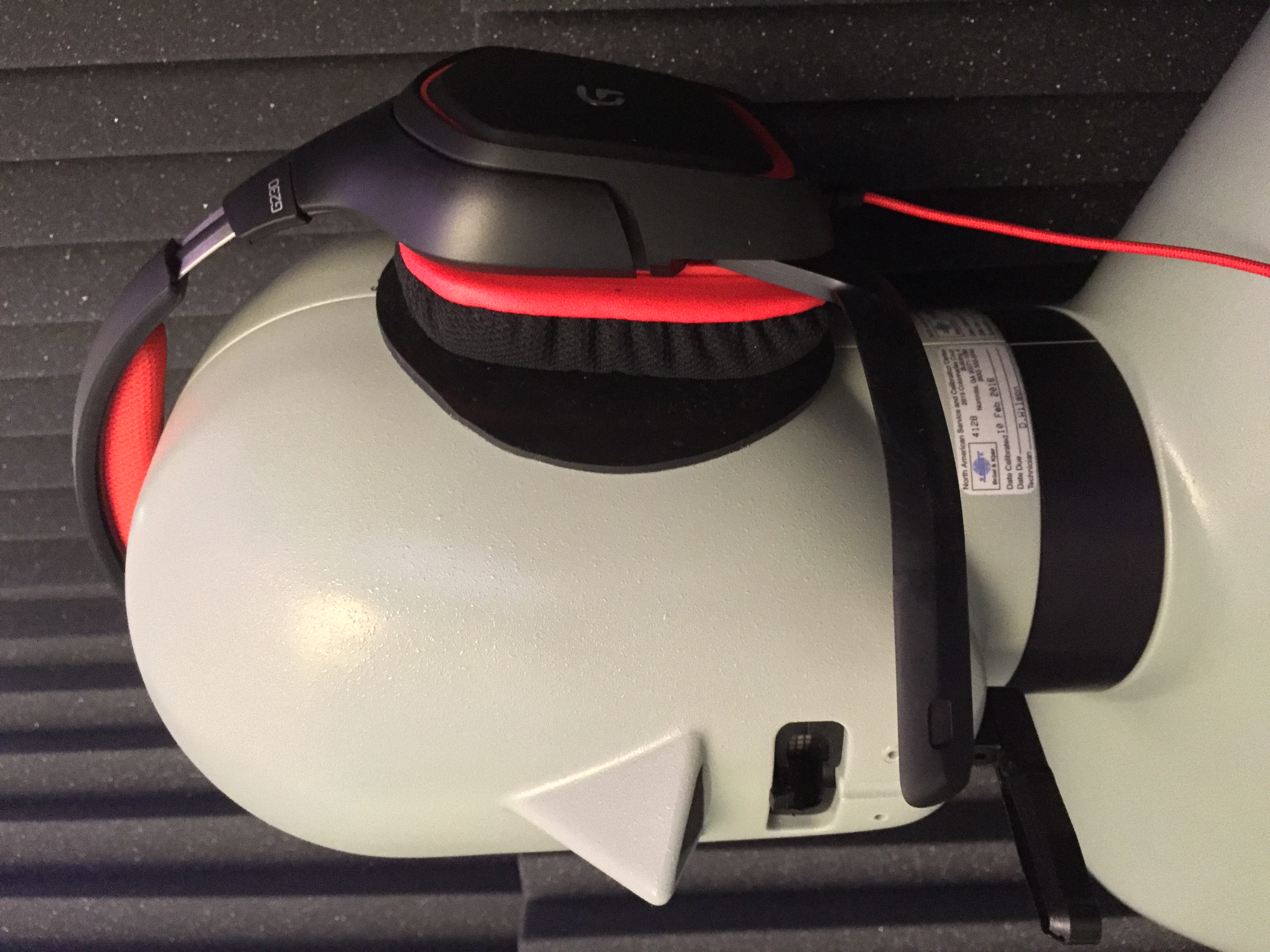How we're testing over 50 headsets and headphones
Testing 1, 2, 3...
We've always believed that you should get the best product that your budget allows. In some cases, it's even better to save for a bit and get the product you really want, rather than settle for a second choice. Personally, I've always recommended that you should invest in products that directly impact your senses, like vision (display), touch (mouse and keyboard), and ears (audio).
Headphones are all the rage now. Enthusiasts have been using headphones for decades, but it wasn't until recently that headphones have become a fashion statement—thanks, Beats! Then there are gaming headsets; everyone's making them now. Companies that you would have never thought would make audio products now make them. So, how to separate the wheat from the chaff?

Just like computer equipment, there are more choices out there than there are good, quality products. Headphones and gaming headsets too, can be broken down just like graphics cards or CPUs. There are entry-level products, midrange offerings, and truly high-end flagships.
On the hi-fi side of things, prices can range from $80 to well over $4,000. In the gaming space, prices are regulated to more modest levels, ranging between $30 to $300 in most cases.
What are the differences between hi-fi headphones and gaming headsets?
In a nutshell? An attached microphone. But if you look around at websites for hi-fi headphone companies and gaming companies, you'll start to see a pattern:
Hi-fi headphone companies focus on:
1. Audio quality
2. Design
3. Comfort
4. Marketing
Keep up to date with the most important stories and the best deals, as picked by the PC Gamer team.
Gaming headphone companies focus on:
1. Comfort
2. Design
3. Audio quality
4. Marketing (some headsets swap 3 and 4)
Just for kicks, Beats focuses on:
1. Marketing
2. Design
3. Comfort
4. Audio quality
Here's the thing: audio is really a subjective topic. A pair of headphones that may sound good to one person might sound awful to another. Some people prefer headphones that emphasize bass frequencies. The bass may not even be quality bass and completely drowns out the rest of the frequency spectrum, but as long as it slams hard, it's enough. Some headphones will emphasize the mids and highs, the more transient details. Some people like this, and some may feel the sound is too harsh.
If you read headphone reviews—and any hi-fi related articles in general—you'll no doubt come across many colorful terms such as warmth, air, attack, decay, slam, open, bloom, transparency, sound stage, and so on. While these adjectives are fun to use, they don't actually mean much.
The question then, based on the priorities of different manufacturers, is: Do gaming headset makers not care about audio quality? We're going to find out. And we're going to use the same testing system and metrics to quantify the seemingly unquantifiable, for all types of headphones.
Read on to see the test gear we're using.


